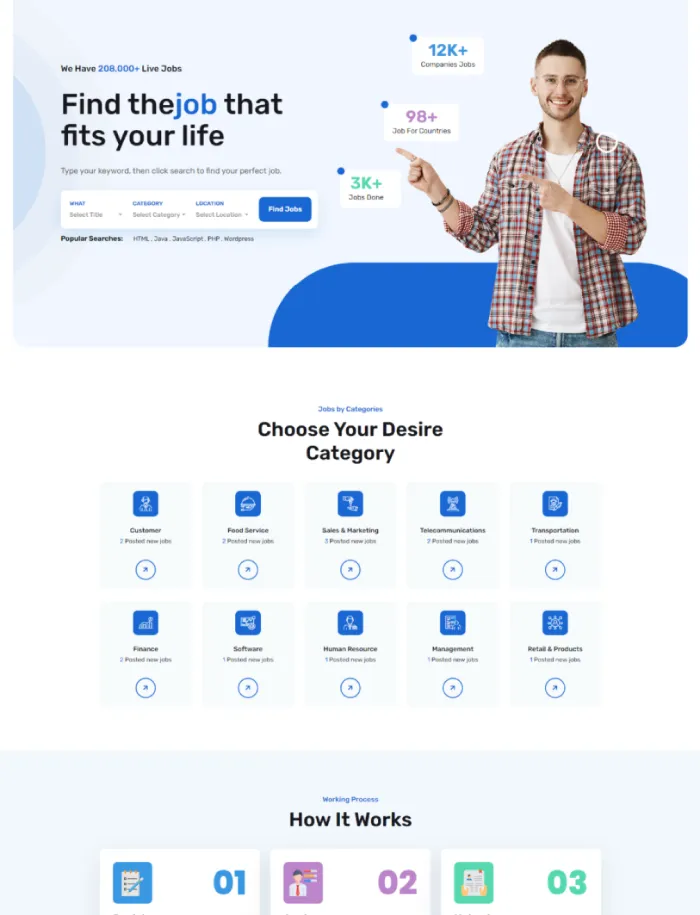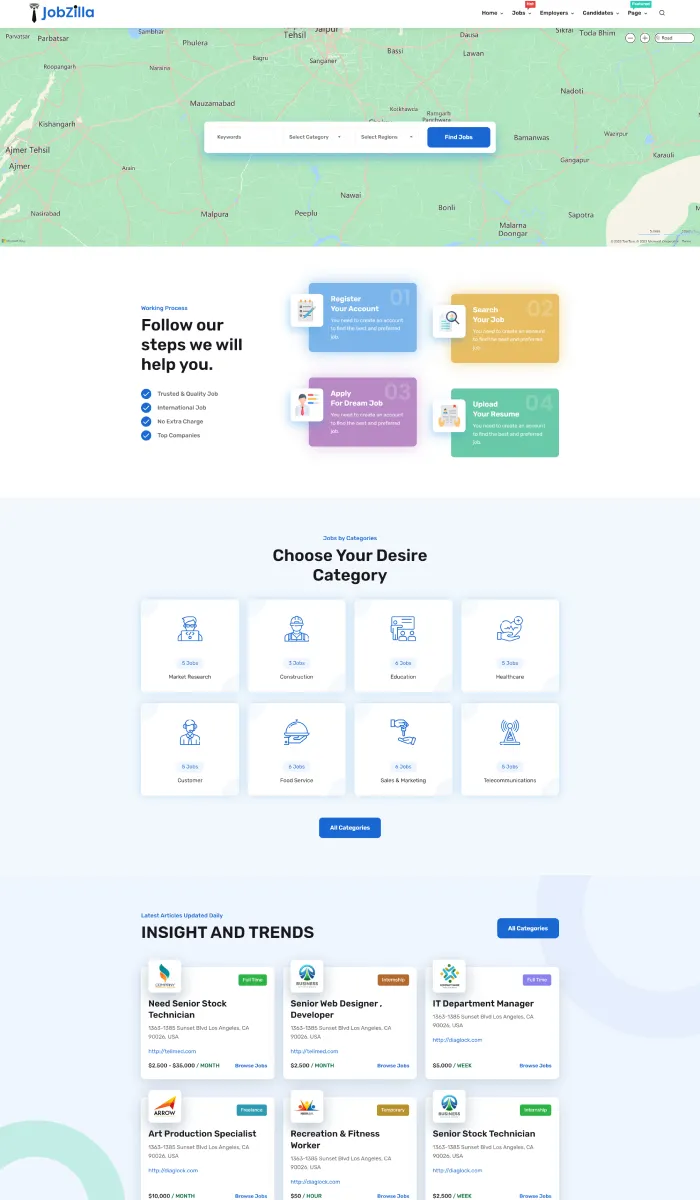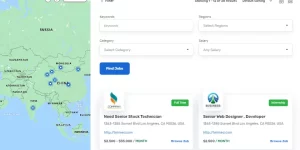Loewe Accessories Buy Extras LOEWE Sunglasses Sale
Loewe Flower Sunglasses: A sculptural statement piece
Loewe Flower eyewear showcase a bold, petal-shaped acetate design created to emulate flowering elements, offering sculptural, fashion-centric silhouette delivering daily functionality. They’re built in Italy via LVMH’s Thélios optical division, featuring superior acetate, refined finishing, with protective optical technology. This embodies the Loewe philosophy in optical design: creative modern luxury, with uncompromising style.
The design appears as rounded featuring scalloped edges, which means the style carries impact without seeming costume-like. These petals remain integrated into the rim rather than added on, so the frame stays centered on the face. Temple areas feature the clean LOEWE wordmark or discreet symbol, varying by season, and the finish remains glassy with smooth transitions at the lens groove. Functionally, they’re a medium-weight acetate sunglass that feels solid in hand, positions nicely on the bridge, and pairs easily with ready-to-wear ranging minimalist to maximalist.
What colors do Loewe Flower Sunglasses come in?
The main range typically includes classic black, Havana tortoise, off-white tones, translucent honey/amber, and fashion shades like rose, emerald, or azure, with seasonal releases broadening the palette. Lens tints vary by colorway, usually including smoke, green, or brown in solid or light transitions. Stock changes by season plus location, meaning the exact blend shifts throughout time.
Among the consistent palette, black featuring smoke lenses and dark tortoise with green or brown lenses remain the easiest to discover annually. Ivory or cream frames arrive in shipments; they read striking in images plus even more so in sunlight because the floral outline gets extra defined. Translucent hues such as amber, honey, or join loeweglasses.com here pink catch the illumination gorgeously plus soften the structure on the face, which helps if you’re wary of thick edges. Seasonal capsules—often aligned with runway shows or Paula’s Ibiza—introduce vivid shades like citrus yellow, lagoon teal, forest green, or candy rose, occasionally featuring gradient lenses reducing harsh transitions. When you’re seeking a specific hue, examine present-season deliveries rather than relying on last year’s stock images, because Loewe turns shades frequently.
Materials, construction and lens tech
The frame is premium cellulose acetate featuring a metal core wire in the temples, precision-cut matching the petal edge and finished to a high gloss, combined with UV-blocking lenses. Hinges are smooth, secure, and aligned; resistance feels even when opening and closing. Production remains Italian, aligned with Loewe’s luxury standards under Thélios.
Acetate keeps the sculptural definition, crucial for the the Flower’s flower structure; it also provides intense pigmentation with translucency without appearing synthetic. Lenses are typically CR-39 or nylon offering complete UVA/UVB protection plus light control that usually sits in sun-ready categories 2–3, depending on tint and gradient. The bridge employs cut to conventional European fit, and the temples have internal metal backing for strength and adjustability. You’ll see zero rough flash lines, no cloudy lens edges, and clean milling around the groove—these constitute fine manufacturing details distinguishing premium builds from fakes. Comfort-wise, the mass remains distributed so the frame doesn’t feel front-heavy despite the dramatic silhouette.
How do they wear? Size decoded
Plan for medium fit with lens measurements approximately the low 50s, a bridge in the lower 20s, plus temples near 145mm, working for small-to-medium and numerous medium faces. The floral perimeter makes the frame read larger than the raw numbers; if you’re between fits in various brands, assume this Flower version look fuller across the face. Weight is medium-light for acetate, with minimal bridge pinch on properly adjusted pairs.
Most Flower releases sit in a 51-53mm lens width span, including a 21–23 mm bridge that works for average nose bridges; the outline flatters when the external petals sit near cheekbone areas without pushing beyond facial boundaries. When your existing favorite frames are 49–50 mm and you like petite designs, the Flower will seem stronger but still feasible; should you usually wear 54–55 mm, the Flower reads similar on-face because the petals increase perceived width. Head width and nose bridge height matter more than actual numeric lens width because the the scallop amplifies the visual size. When unsure, check a pair you own: lens width straight across at the widest point, bridge at the narrowest distance separating lenses, plus temple from hinge to end including the angle.
| Spec | Standard Flower measurements | On-face feel | Fit tip |
|---|---|---|---|
| Lens measurement | 51–53 mm | Substantial but not oversized | If you wear 49–50 mm, plan for bolder look |
| Bridge measurement | 21–23 mm | Typical European fitting | Small bridges enhance from small adhesive nose pads |
| Temple dimension | 140–145 mm | Balanced weight, secure over ear | Professional can provide more wrap at the end for stability |
| Vertical lens dimension | 44–47 mm | Generous coverage, excellent sun block | Extended lenses benefit round faces; reduced looks sharper |
| Total frame width | ~140–146 mm | Average to average-wide presence | Verify petals don’t overshoot cheek span |
A quick home test helps. Place a ruler across your pupils and compare to the frame’s complete width; if the frame is within roughly 10 mm of your facial width at the temples, you’re in the optimal range. The credit-card approach functions too: if a typical card’s narrow edge roughly equals your lens height, you’re in moderate vertical that reflects the Flower’s coverage. Eyewear professionals can micro-adjustments—adding a touch more pantoscopic tilt, adjusting or modifying the temple angle, or heat-shaping the tips—to secure the fit without marks on nose areas.
Face shape guide: who the Flower flatters
The Flower’s curved core with petal edges softens angular faces and adds interest to ovals, whereas the visual width helps stabilize heart plus triangle shapes. Round faces may wear it effectively if the lens is on the larger side and the tone isn’t too stark, preventing doubling down on circularity. The scallop functions as a built-in contour, fragmenting the perimeter in a manner that renders the frame attractive from three-quarter angles.
Should your face is square or oblong, the curved petals ease jawlines with foreheads, especially in warmer tortoise or translucent colors that don’t box in the features. Oval faces have freedom; choose according to personality: black for sharp contrast, cream for editorial pop, amber for everyday warmth. Heart-shaped faces improve when the frame span roughly matches the broadest section of the forehead, preventing a top-heavy look; gradient optics help soften the lower half. For round faces, pick gradient smoke or tan with a slightly wider lens to create vertical lift, while considering ivory or translucent to minimize border thickness. When you’re actually petite, try colors that blend with skin color so the petals read gentle rather than exaggerated.
Prescription optical compatibility with comfort tweaks
The majority of frames can accommodate prescription sun or clear lenses, provided your prescription remains reasonable and lens curvature stays close to the factory specification. Professionals usually aim a base curve approximately 2 for fashion frames; exceeding much steeper can blur vision or stress the frame edge. Progressive lenses function if the lens height is in the mid-40 mm span with your corridor requirements are reasonable.
Have the optician to check groove depth with stability; luxury acetate rims like the Flower process custom edging cleanly, but placement matters to keep the flower shape defined. When you prefer clear lenses for interior wear, specify anti-reflective treatments that won’t look overly mirror-like under studio lights or camera flashes. For comfort, small transparent stick-on nose pads can lift the frame a millimeter should you have a small bridge, which also reduces lash contact. Temple tips can be warmed and curved inward gently to stabilize fit without discomfort, helpful for straighter head shapes.
Pricing: retail, resale, and when to purchase
Expect current retail in the vicinity of 380–450 USD, 320–420 EUR, or 300-380 GBP depending on color, lens, and local tax structures. Seasonal or limited colorways sometimes sit at the top range, while perennial shades like black or Havana often land mid-band. On the secondary market in excellent condition, standard pricing sits roughly 200–350 USD, with limited shades pricing higher.
Loewe rarely habitually discount primary eyewear on its own site, but select multi-brand retailers offer end-of-season sales that can clip 15–30% off if your timing aligns. Paula’s Ibiza capsules and fresh runway-season tones are less likely to receive cuts early, so delaying may mean missing a color. If price is your key lever, watch for seasonal discounts and discount opportunities connected to regional holidays; when color is the priority, acquiring early in-season is the wiser move. Verify whether prices shown include duties, as certain international retailers list pre-tax plus add import fees at purchase. Keep the box, case, cleaning, and cards even if you don’t use them—full sets assist value retention when you ever sell.
Authenticity checklist: markings, packaging, with build tells
Authentic pairs carry clean temple markings including the LOEWE wordmark, Italian production, the CE mark, and a model code generally starting with LW plus numbers and letters, including size and color codes. Lettering is sharp and evenly positioned with uniform kerning; no unclear edges or smudges. Packaging contains a branded case with microfiber cloth with quality text and materials aligned to Loewe’s specifications.
Look at the first: color depth, no cloudy patches, even polish, and a clean lens groove are indicators of real production. Hinge action should seem smooth and even on both sides with no grinding; screws fit cleanly, and metal core wires are centered through the temples. The logos across temples—whether wordmark or anagram—are cleanly applied or inlaid, not thick paint that flakes. Text on the inner temples should sit consistently from left to right; inconsistent fonts between temples are a common fake sign. Authentic lenses sit square in the rim with even bevels; you shouldn’t observe a gap or wavy border where the petal curves are sharpest.
Fast red flags while shopping online
Generic images or cropped photos concealing temple interiors signal concern, particularly if the listing won’t provide close-ups on request. Prices dramatically below market for new units are rarely legitimate; compare across several reputable sources plus ignore “final one” urgency at unusually low numbers. Model codes that don’t follow Loewe’s LW format, size lines that contradict the shape, or color names that don’t align with current or recent-season palettes deserve examination.
Look for errors in the wordmark or “Made in Italy” line, uneven petal symmetry, rough plastic edges at the rim edge, with rainbow “oil slick” sheens on lenses that indicate poor-quality coatings. Ask for clear shots of the inner temples showing the full code string, the external temples showing the branding, plus a straight-on image that displays lens seating around the tightest scallops. Should the seller refuses returns, gives no receipt or proof of purchase, or offers only standard warehouse images, move on. For second-hand, ask photos of hinge screws with temple tips; damage or mismatch suggests parts substitution. When possible, compare the code string and color to the official site or current lookbooks to confirm the pairing exists.
Care routine to keep them sharp for years
Rinse lenses using lukewarm water, dry with a clean microfiber cloth, while avoiding dry-wiping which pulls debris across coatings. Store them within the case when not being worn; acetate can bend under dashboard heat or direct sunlight through a car windshield. If the temples loosen with time, a qualified optician can tighten screws while micro-adjusting the hinge without scarring hardware.
Employ a mild pH-balanced soap on frames that pick up sunscreen or cosmetics, then pat dry—never apply alcohol or acetone on acetate. Should you prefer a matte finish, resist the urge to sand or scratch; the Flower’s gloss is part of its design language, and altering it is irreversible. For long-term sharpness, replace microfiber cloths periodically and avoid paper towels or garment hems. A professional service annually preserves alignment, tilt, with temple curve in check so the petals sit symmetrically while the frame remains comfortable.

























